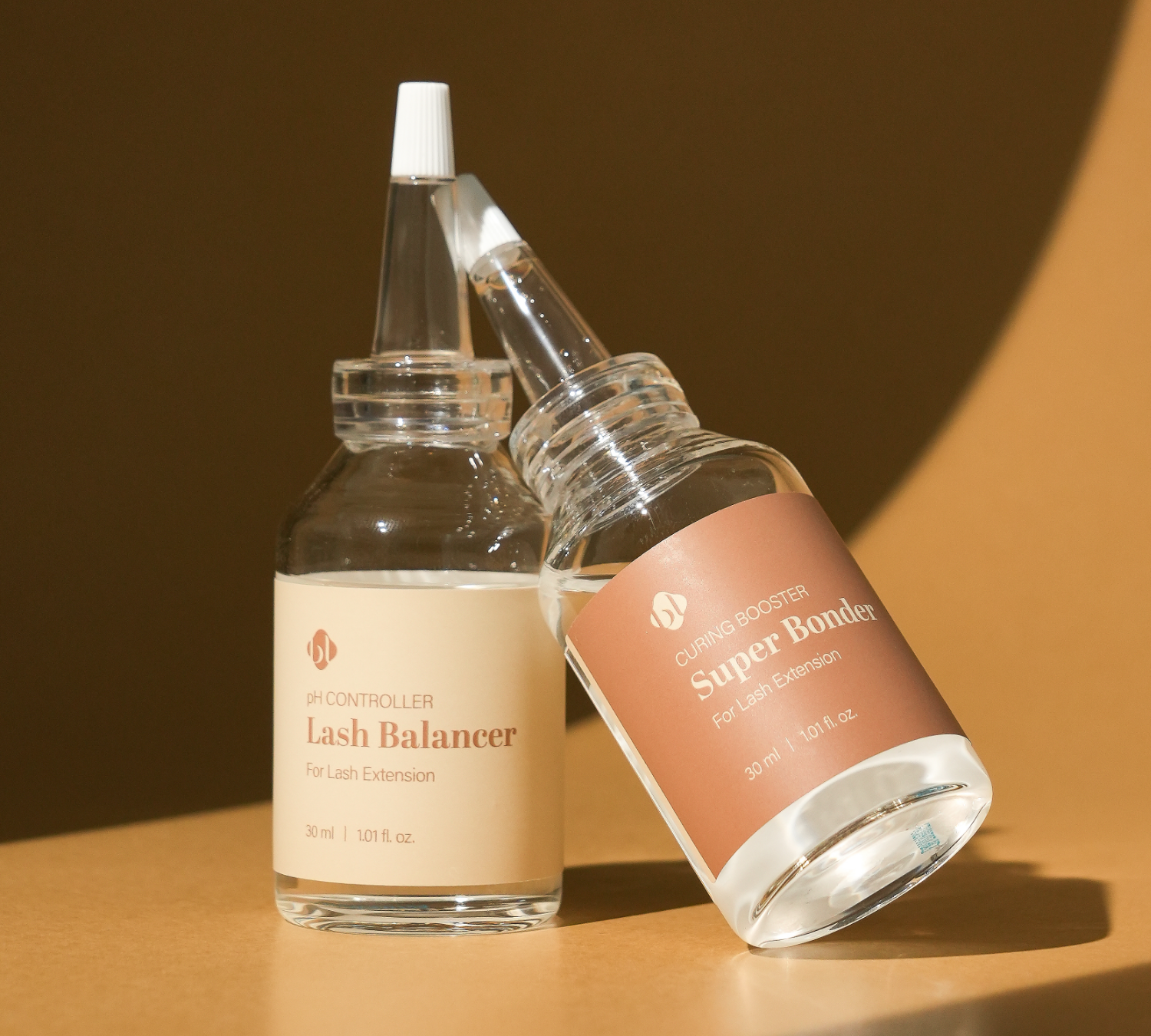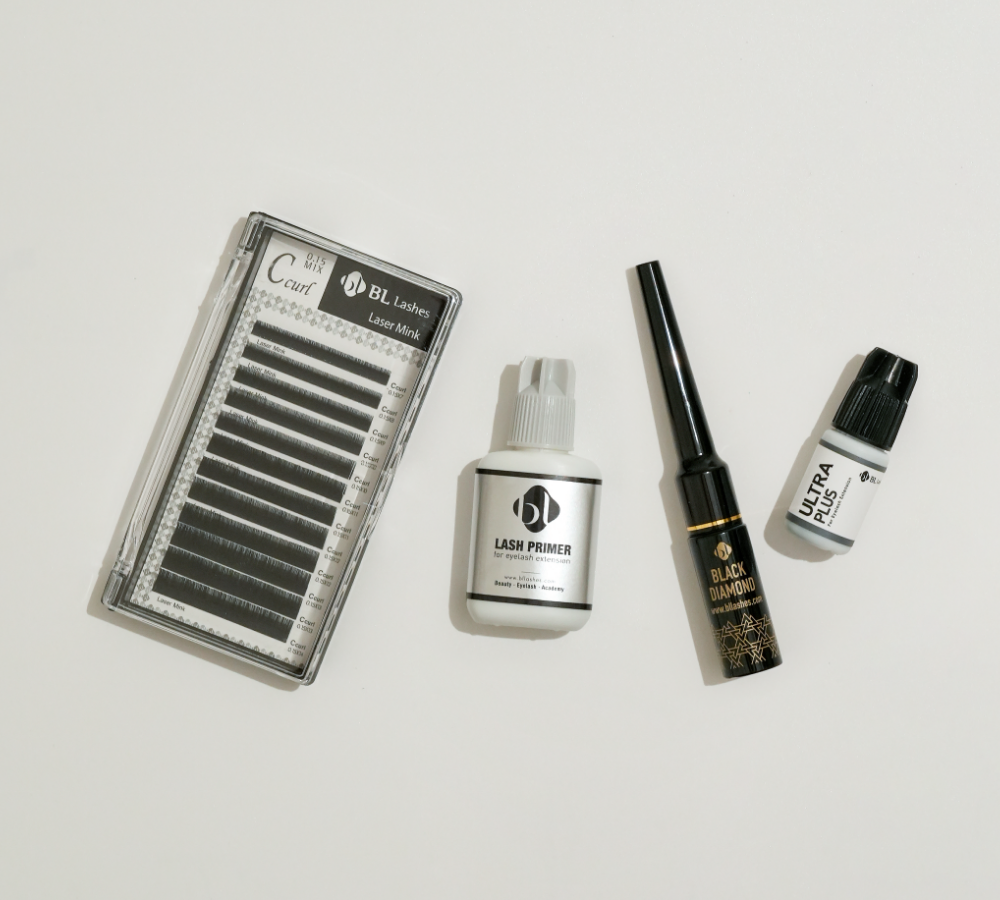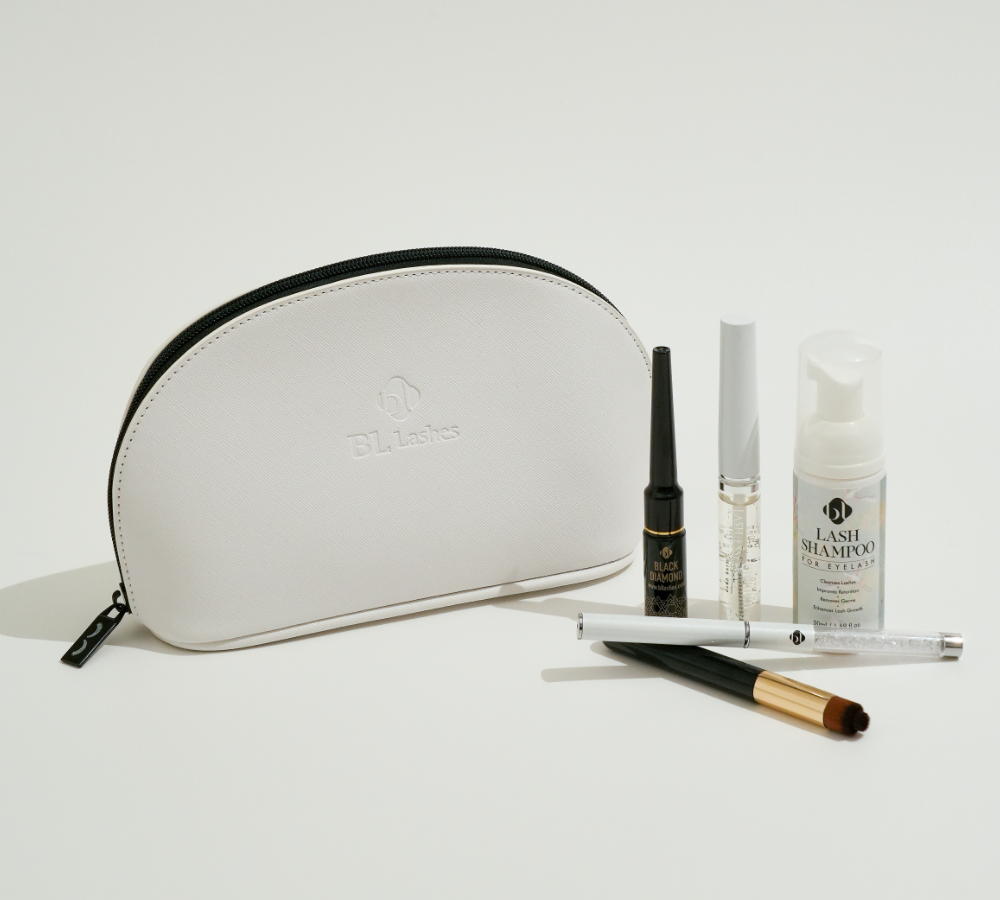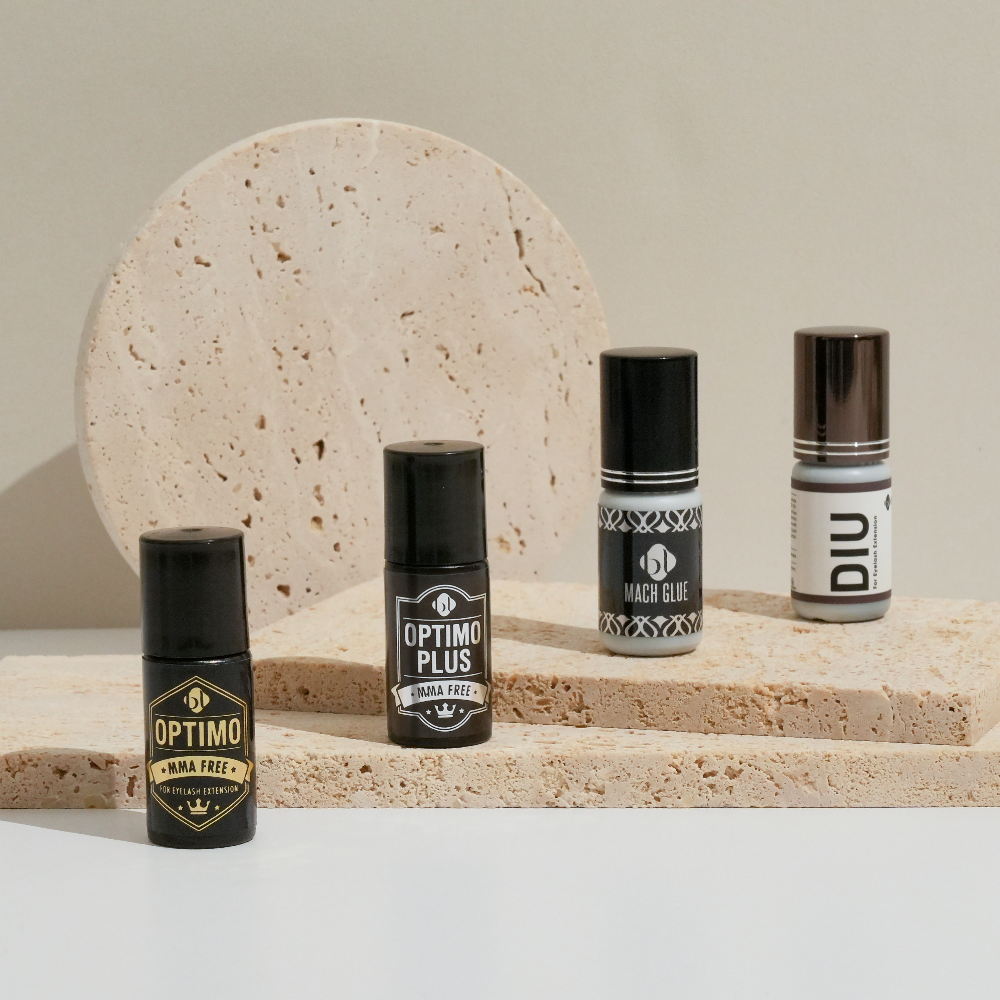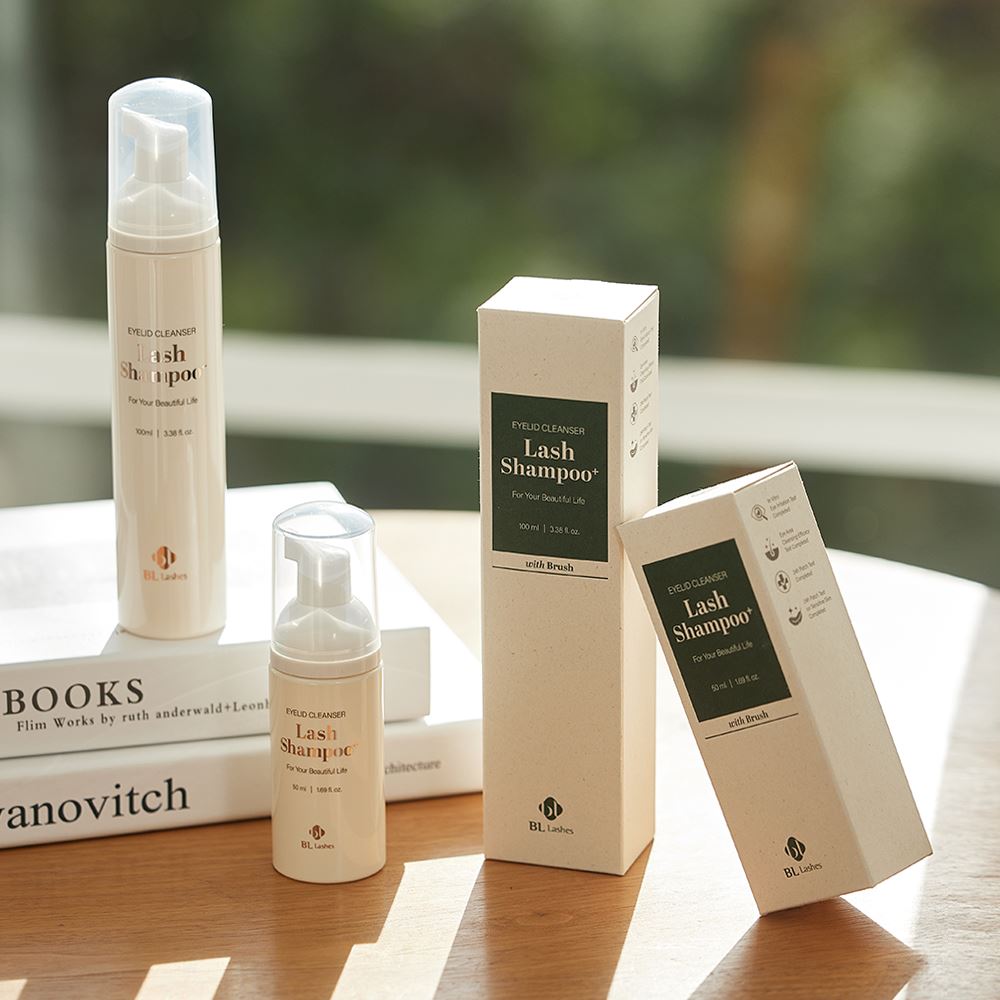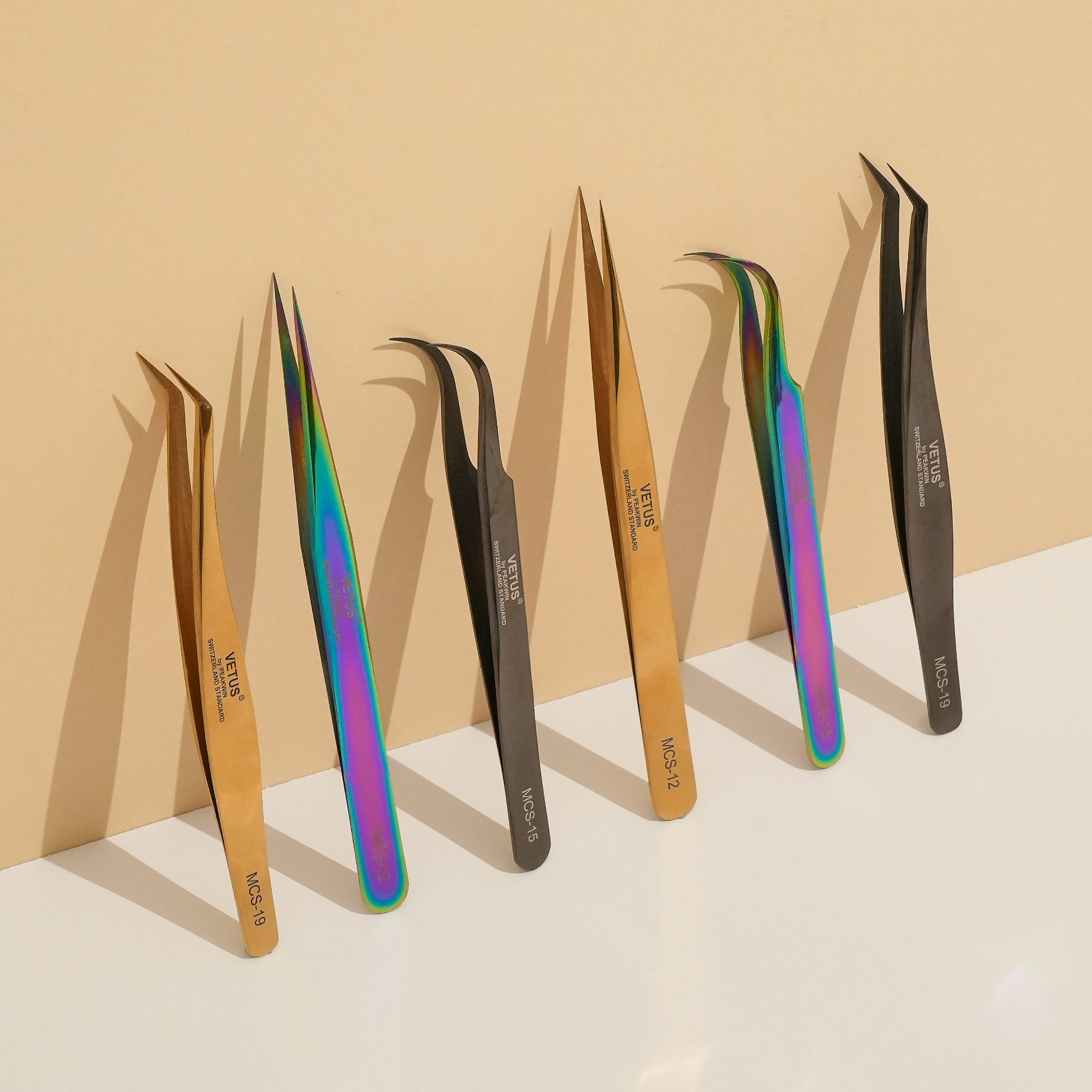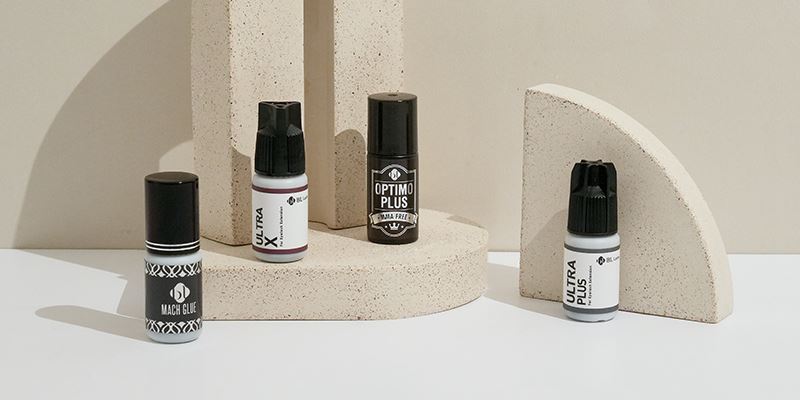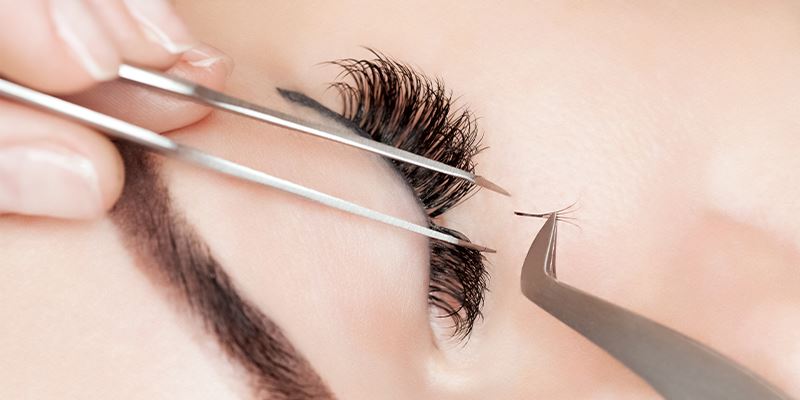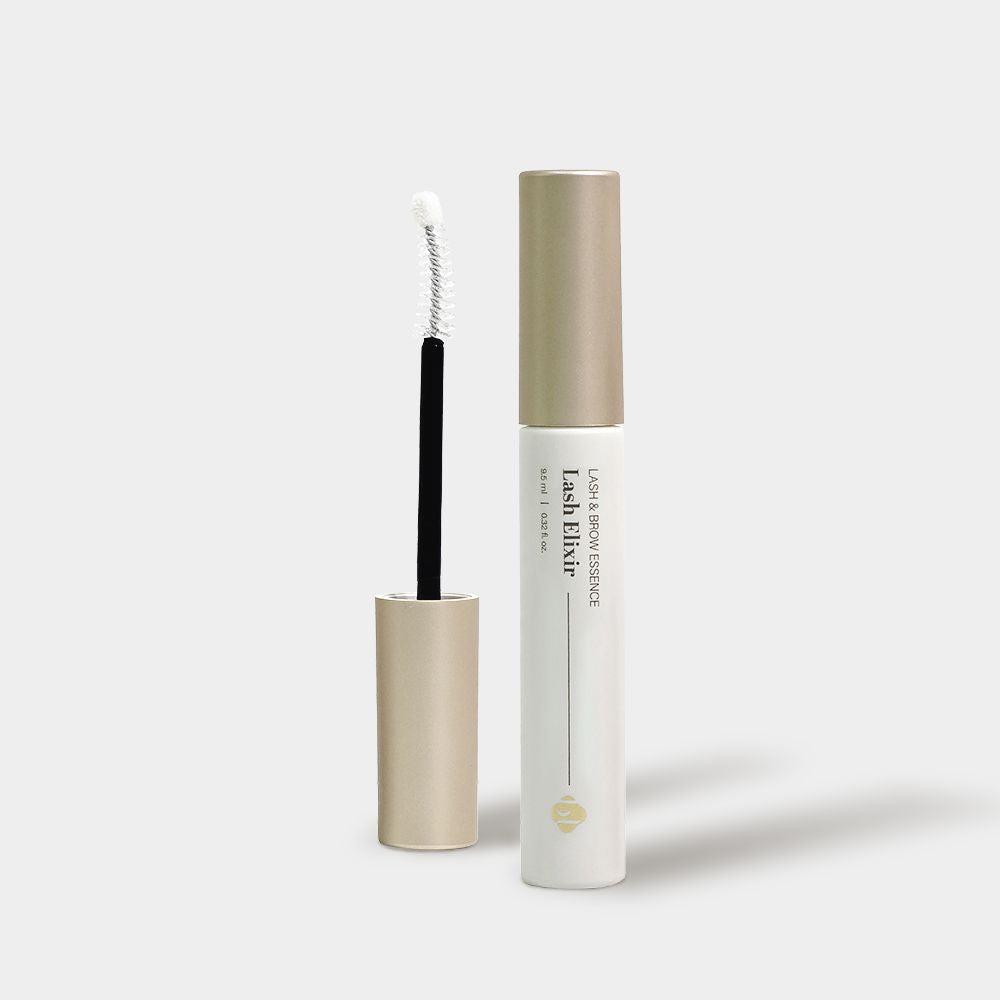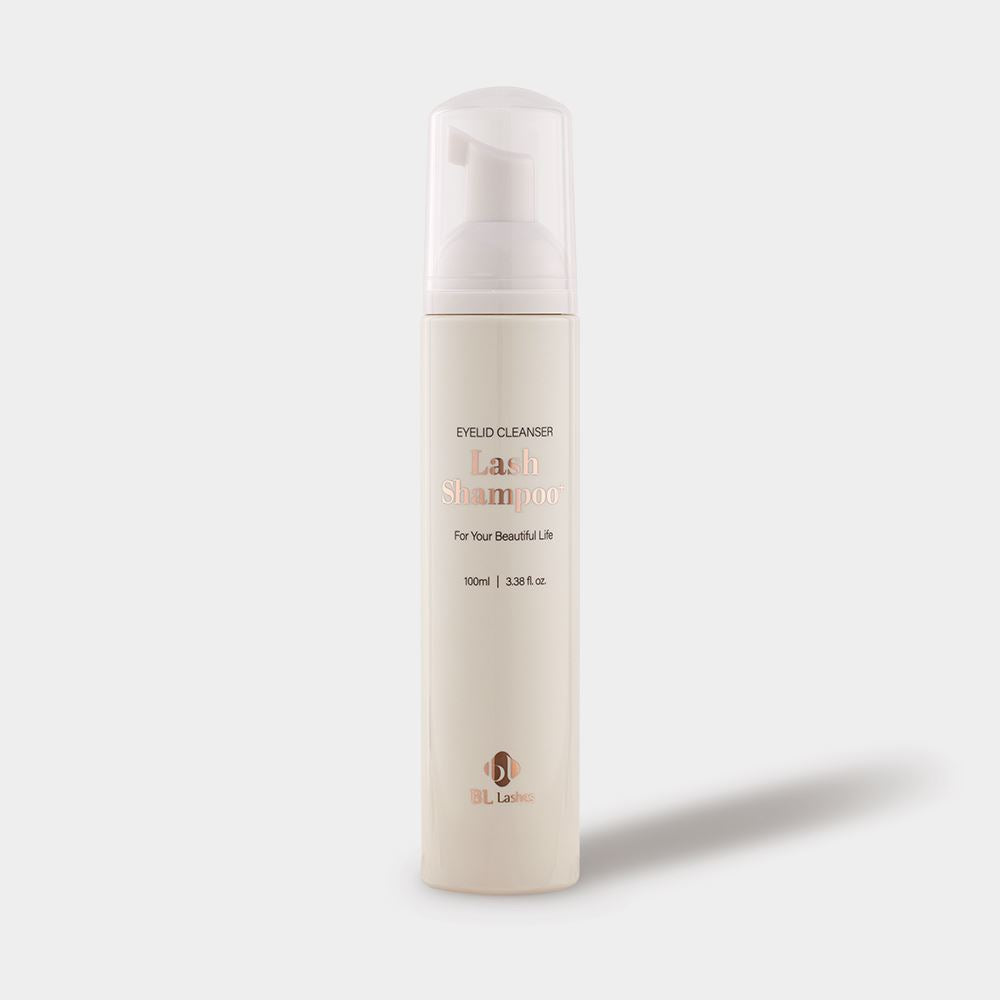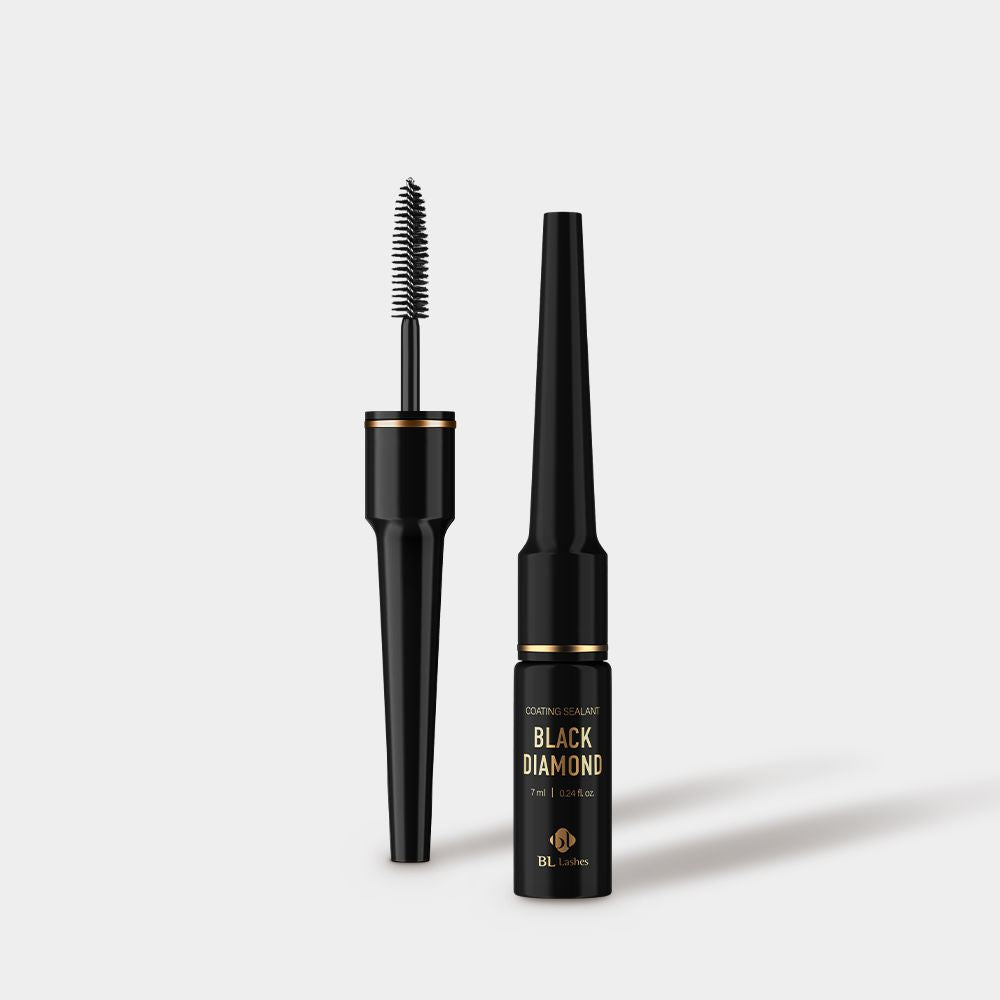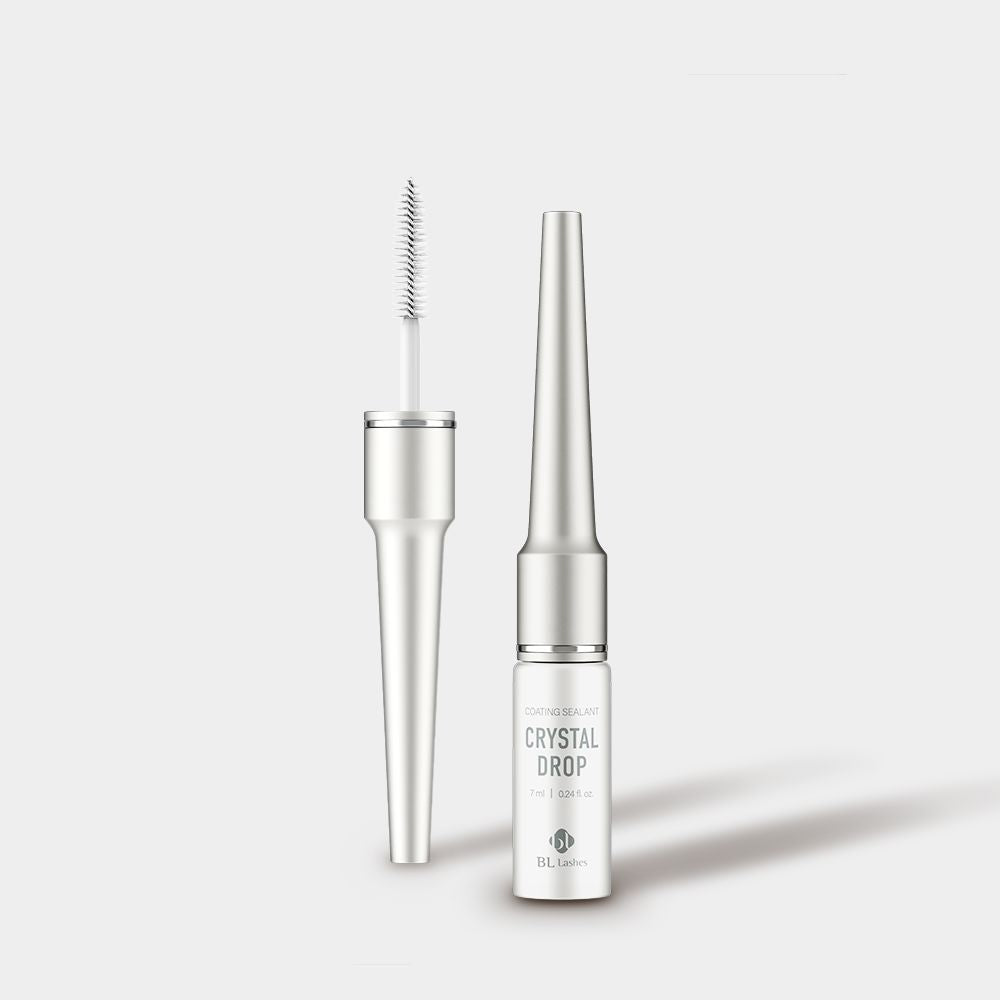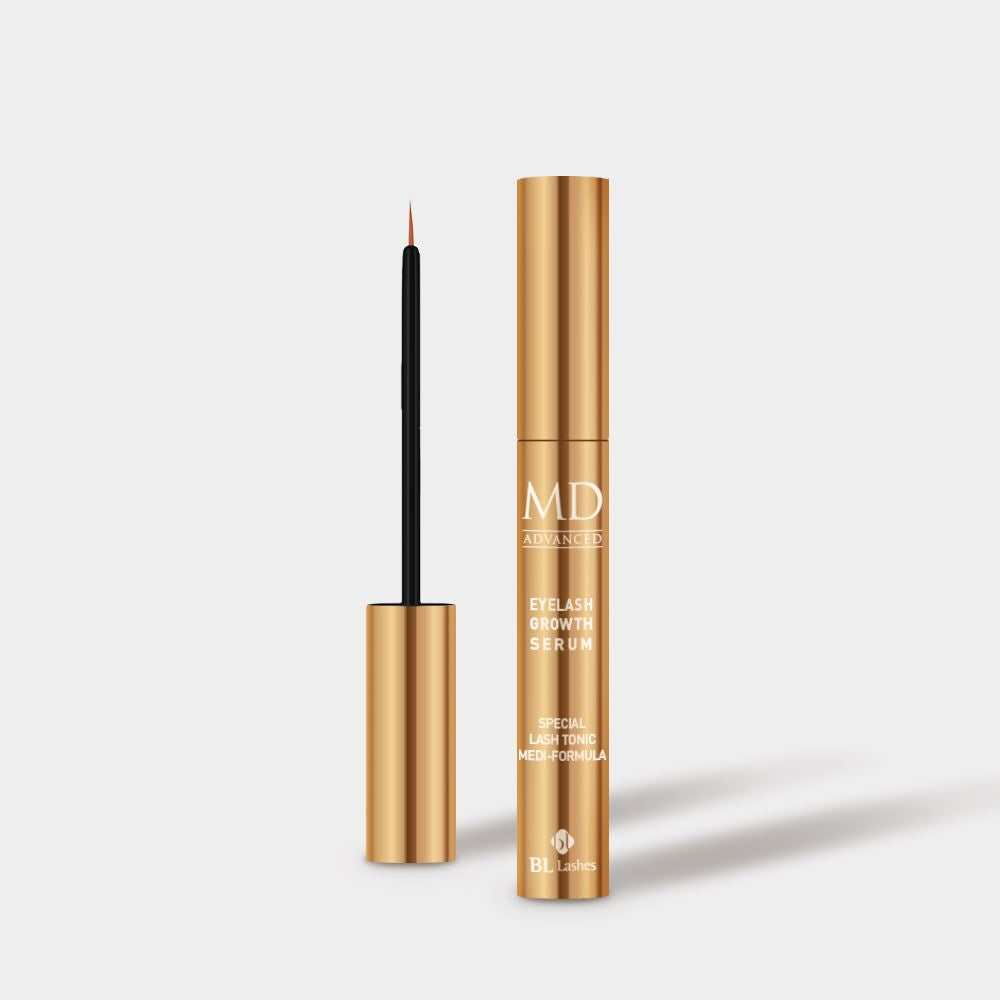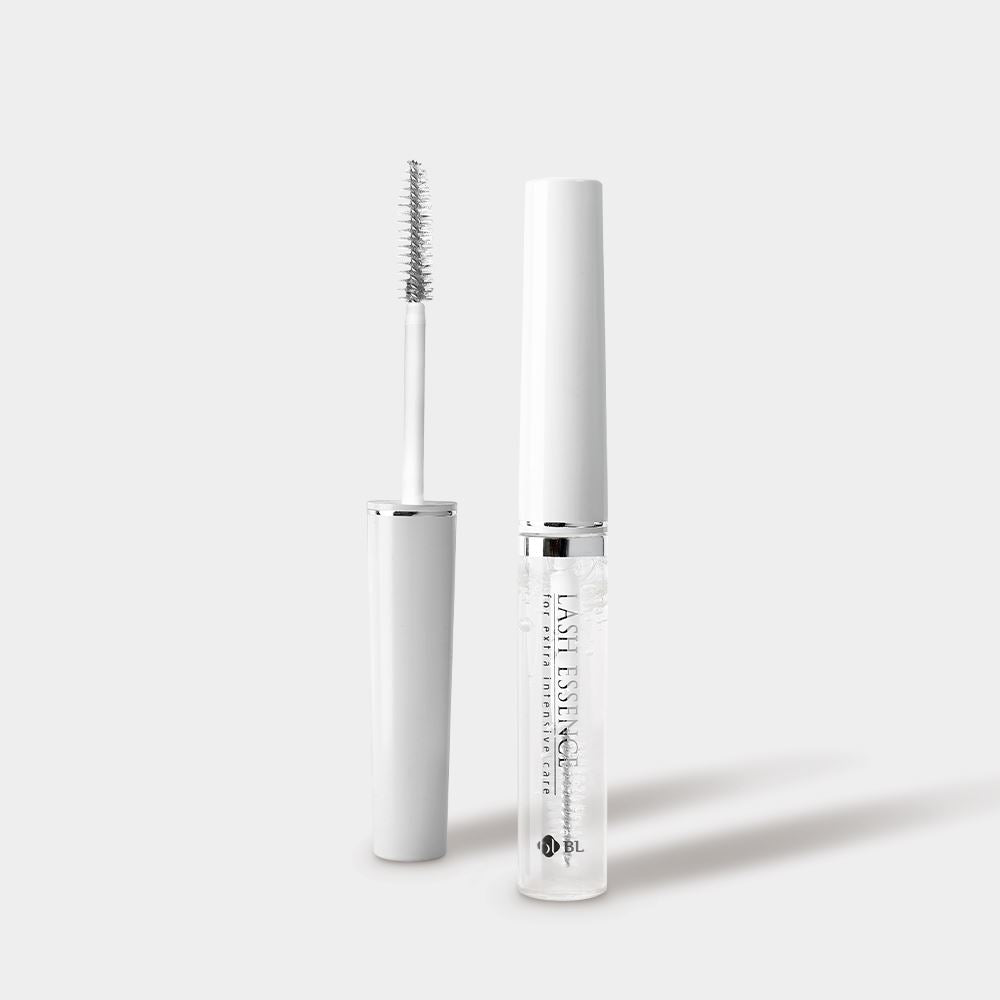As beginners, we are all likely to make mistakes but if not corrected, those mistakes may become habits that can have a lasting impact in the future. To avoid such mistakes, today, we are sharing how to avoid common lash extension mistakes to help lash technicians take their services to the next level.
Mistake #1. Not isolating properly
The lashes tend to clump and stick together if the eyelash extensions are not isolated. This causes severe long-term damage to the natural lash. Isolation allows for the natural shedding process to take place. Each one of the natural lashes is in different stages of growth. Natural lashes are all in different stages of growth. While one is trying to grow, one might need to fall out.
An incorrect application bundles up these lashes in the different stages of growth, and it can cause itchiness and pain in the lash line, which can also develop into serious unseen damage to the lash follicle and lead to permanent lash loss.

Do you find isolation hard? We have tips for you
Work in layers: Our natural lashes are composed- of 2-3 vertical layers (up to 5 layers for someone with lots of hair). If you find it difficult to isolate, try separating one layer of lashes at a time with the help of taping.

Use a correct isolation tweezer: You need to make endless motions of delicate grip/un-grip during the isolation procedure. It can tire your hand easily and in order to avoid it, we recommend you to use the SS-SA tweezer which is lightweight and doesn’t have too much tension on the grip.
Mistake #2. Applying lash extensions on the skin
This is one of the WORST things a lash technician can do to a lash client. However, we’ve seen this being done way too often! Extensions must be placed 0.5mm-0.1mm away from the skin, along the lash line. If the false lash is placed too close to the skin, it can result in two serious issues.

First, if the lash extension is attached to the skin, the glue can block the hair follicles on the lash line, which can cause infection and permanent damage to lash growth. This can lead to lash loss and bald spots in the lash line.

Not only that, when you stick eyelash extensions to the skin, you risk creating an allergic reaction to lash extension glue. This may cause redness, itching, puffiness, and blurred vision for your client. Not only is this application completely incorrect, but it is also unsafe and dangerous.
Find more information on eyelash extension glue allergy and how to choose the best sensitive glue.
Mistake #3. Using the wrong glue
We understand it’s not easy to choose one lash glue out of hundreds of brands, all with promising descriptions. Choosing the wrong kind of lash extension glue can result in several devastating situations:
If a lash glue dries too fast for your speed
- Fast drying of your glue droplet
- Poor placement
- Bad attachment and early lash fallout
If a lash glue dries too slow for your speed
- Lashes sticking together
- Bad placement
- Longer exposure to glue fumes (higher chance of getting glue allergy)
What we suggest is, instead of buying a trendy lash glue that everyone’s talking about, understand your own environment and needs first. In our recent blog post, we laid out the three most important questions you should be asking when choosing a lash extension glue.
Find more information on how to choose the best eyelash extension glue.
Mistake #4. Using excess lash glue
Will more glue make for better bonding? Nope! Applying too much glue is a big mistake for several reasons:
- It looks terribly clumpy
- It can damage the natural eyelashes by causing them to bear too much weight
- The glue will take a long time to dry, leading to lashes sticking and clumping
- You risk irritation to the eye from the fumes of the excess glue
Some tips:
Only a tiny amount of eyelash glue is needed to bond the extension to the client’s natural eyelash.
For classic lash extensions, dipping 2mm into the glue drop at a 90-degree angle is enough. For volume and premade volume fans, dip the lash 1mm into the glue drop.

Mistake #5. Using false lashes that are way too heavy
Eyelash extensions come in many different thicknesses. If you choose an eyelash extension that is very thick (for example, 0.25mm) and place that on a very thin or weak natural eyelash, this will be a lot of weight for that natural lash to hold upright and keep in place.
Too much weight on a natural eyelash over a long period of time can cause permanent damage to the growth of the natural eyelash. Professional lash artists must assess their client’s lashes and then choose the correct thickness.
Learn how to calculate size & weight for every lash type.

Mistake #6. Using lash extensions that are way too long
We’ve all been there. A lash client barges in and demands, “I want my lashes to be long, like, 20 mm long!” Of course, we can give the client exactly what they want, but it’s also our duty to keep to our integrity and in line with safety standards and say NO to the client.
So, what’s wrong with long extensions?
Adding too much length is like adding too much weight in that the natural eyelash cannot comfortably hold the extension in place. This puts the eyelash under a lot of strain and can cause damage.

The natural eyelash should cover, or hold up, at least half to two third of the eyelash extension.
For example, if the client’s natural eyelash length is 8mm, we recommend adding 2-3mm to this, therefore using extensions that are around 10-11mm. If a lash artist places a 13 or 14 mm lash extension on this natural eyelash, it may cause twisting, drooping, and long-term damage to the natural eyelash.
Learn more about lash extensions- lengths, thicknesses, and curls

Placing an eyelash extension that is too long for your client’s lashes may also cause the extension to rub the skin above the eye, brow bone, or along the socket area, making the area itchy, red, or swollen due to irritation. It may cause one to rub your eyes and the friction can cause your lashes to fall out.
When selecting the correct length, it’s also important to take into consideration your client’s lifestyle. For example, if your client wears reading glasses, extensions that are too long will touch the glasses, making them rub back and forth all day long.
Mistake #7. Not sanitizing the tools
Did you know that one of the most common risks of eye irritation comes from contamination in the lash room and not from eyelash extension glue? The tools in a lash stylist's station such as tweezers, lash cleansing brushes, lash wands, and lash stylist's hands can be culprits for spreading eye infections among clients if this matter is overlooked.

Taking the time to clean your workstation and tools is an integral part of your day-to-day duties. We suggest that you allow a 10 to 15-minute space in between each lash service for cleaning and disinfecting routines (ESPECIALLY during COVID-19).
Learn how to sanitize, disinfect, and sterilize lash extension supplies.
This blog is protected by copyright law. Reproduction or rewriting without permission is strictly prohibited.


